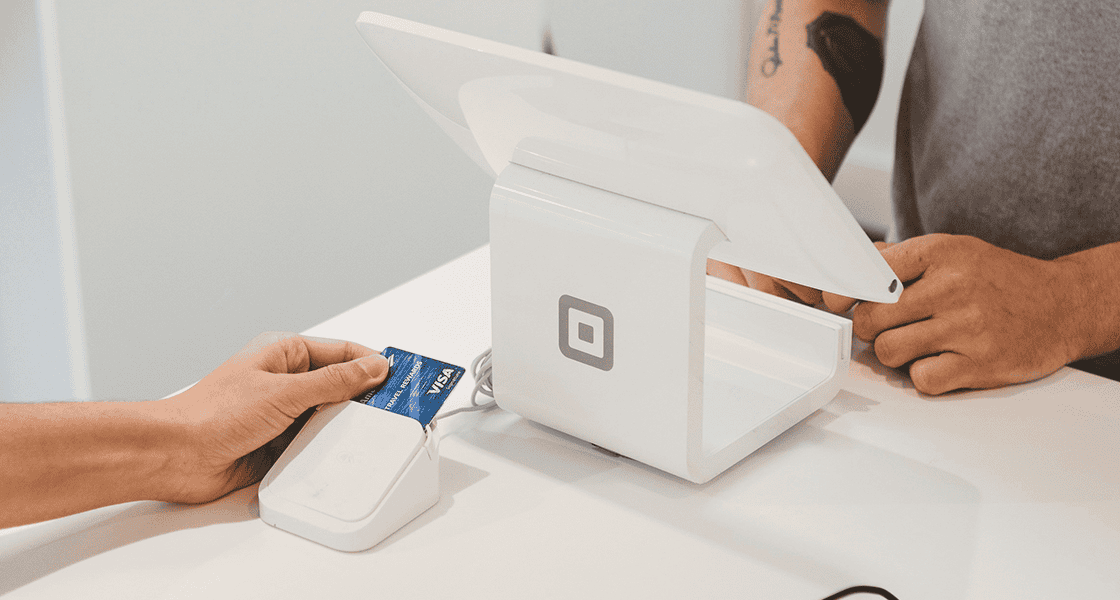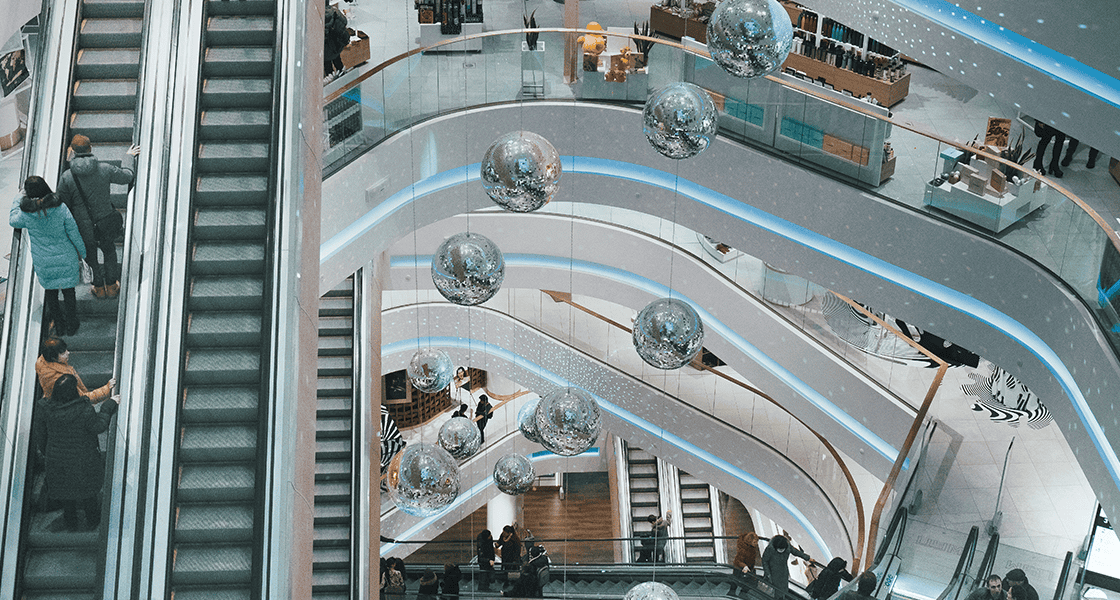Retail & Distribution
Championing all 4 pillars of sustainability in your business
27 February 2023

The term sustainability is used to broadly indicate initiatives and actions aimed at the preservation of a particular resources. However, it refers to four distinct areas: human, social, economic and environmental – known as the four pillars of sustainability.
So how can retail businesses incorporate all four pillars into their core business activities?
Social
Social sustainability concerns people and human capital. Businesses that act towards supporting this seek to provide people with access to universal human rights. In other words, they work to support healthier and fairer communities. An example of this would be Fairtrade. This is a system that aims to ensure a set of standards are met in the production and supply of a product. For farmers and workers, Fairtrade means workers’ rights, safer working conditions and fairer pay.
A company dedicated to supporting social sustainability is White Stuff. White Stuff work with Fairtrade to source cotton in an ethical way. By working with Fairtrade, the White Stuff can support farmers and workers to take more control of their financial futures. Furthermore, White Stuff can now offer their consumers an ever-increasing variety of ethically sourced, independently certified choices, showing trade can be fairer, more sustainable and better for all involved.
Environmental
The second pillar is environmental sustainability, which ensures environmental resources are preserved, maintained and not overexploited. This is probably what people think of most when they think of ‘sustainability’. 51% of consumers say environmental sustainability is more important today than compared to 12 months ago. Brands seeking environmental sustainability should be making conscious decisions to avoid the degradation and depletion of environmental resources, to ensure ecosystems can recover. In essence, businesses aiming for environmental sustainability strive to meet the needs of their consumers while not causing harm to the environment today and for future generations.
The LEGO group support environment sustainability in two large ways – how they work and the product they sell. First of all, their offices use energy from wind turbines and solar power, and all the furniture in their offices is locally made. Additionally, last year 300,000 kilos of LEGO bricks were recycled and repurposed – many of which were sent to schools. In a never-ending journey to environmental sustainability, to celebrate 100 years of LEGO in 2032, they are planning to produce more LEGO bricks from recycled PET materials that have been tested so they are safe and possess the same clutching power.
Economic
Companies seeking economic/financial sustainability aim for profitability, by efficiently using their assets to keep their capital intact. If social sustainability focuses on improving social equality, economic sustainability aims to improve the standard of living. In the context of business, it refers to the efficient use of assets to maintain company profitability over time.
Interestingly, LMVH have been able to support economic sustainability by promoting responsible spending. By encouraging consumers to have their products repaired instore to become a ‘product for life’, they have been able to educate consumers on brand value – as well as justify a one-off high price. Although nuanced, in their attempts to support economic sustainability, they’ve also ensured environmental sustainability by not overproducing products.
Cultural
The last, and newest, pillar is cultural sustainability. Approved in 2010 by The Executive Bureau UCLG, “cultural sustainability” only happens when the beliefs, processes and practices of a given community are protected and nurtured. It’s about maintaining culture as its own entity, and perpetuating its intrinsic knowledge and characteristics from generation to generation.
LVMH is supporting cultural sustainability is through their dedication to restoring the art of making beautiful things. In doing so, they have set up a program to reinvigorate dying arts by attracting young people to these trades. Skills like shoemaking and suit tailoring are examples of traditional craftsmanship tied to LVMH’s rich history. Since these are skills that can only be learnt through apprenticeship, LMVH have started a program to introduce young people to these trades and guide them on a career path to being an artisan. This scheme sustains traditional crafts, while providing skills development and career development for young people.
What was clear from NRF is that it’s critical for firms to rethink the core logic of their businesses, in order to effectively incorporate all four dimensions of sustainability into their processes and activities. Businesses should seek financial viability, while protecting local cultures and causing no harm to the environment nor to local communities. Sustainability in retail businesses is becoming an increasingly important factor for the modern shopper – learn more about Gen Z consumer trends here.
Looking for ways to see how Cegid Retail Store Excellence can assist in your retail operations? Click here to see what our platform could do to improve your retail employee experience. If you have any questions or need help with any areas of your Retail Operations tech choices, please get in touch with the Cegid Retail Store Excellence team.


